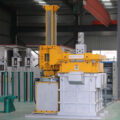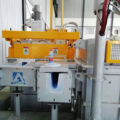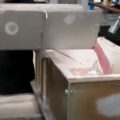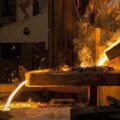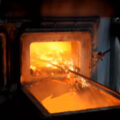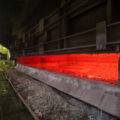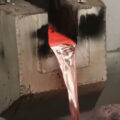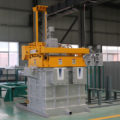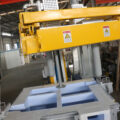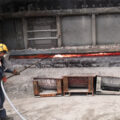One way to remove gases and impurities from molten metal is through degassing treatment. The physical process involves injecting flux gas into the melt. Hydrogen enters the purged bubble by diffusing through the melt and entering the bubble. In the bubble, the hydrogen adheres to the surface of the bubble and is adsorbed into the bubble itself. The hydrogen is then brought out of the melt through bubbles.
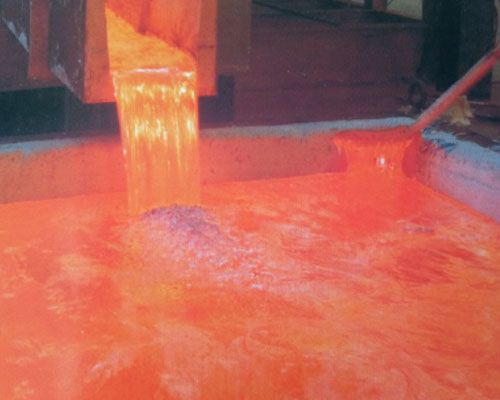
Naturally, there is a great need to improve the degassing of molten metal to remove or minimize such impurities in the final cast product, especially for molten aluminum, especially when the resulting metal is used in decorative products such as decorative strips or has key specifications of products, such as aircraft forgings and extrusions, and lightweight foils. The aforementioned impurities lead to loss of properties of the final cast product, such as tensile strength and corrosion resistance.
Strict molten metal degassing treatment processes (such as gas flux or melt filtration) have minimized the incidence of such defects. However, although such treatments have generally succeeded in reducing the occurrence of such defects to a satisfactory level, they have been found to be ineffective or uneconomical. The conventionally performed smelting process, such as general hearth smelting, involves the introduction of smelting gas into a holding furnace containing a certain amount of molten metal.
This procedure requires that the molten metal is kept in the furnace for a considerable period of time while circulating the flux gas, so that the metal being processed remains constant and can be processed. This step has many disadvantages, among them, the efficiency is reduced and the cost is increased due to the long idle time of the furnace during the flux operation. More importantly, due to the poor coverage of the molten metal by the flux, the lack of operating efficiency of the flux results in the generation of gas due to the large bubble size and poor bubble dispersion in the melt. Further factors include restricting the location of the furnace to allow impurities to re-enter the melt before casting, and high emissions due to the large amount of flux required and its circulation location.
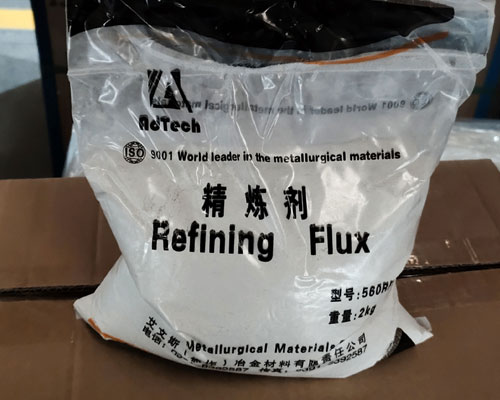
For economic benefits and increased productivity, it is necessary to have the degassing system and filtering system that can continuously process molten metal at a rate commensurate with casting practice. Due to the large size of the processing unit, additional heating is required to prevent the molten metal from freezing while being processed.


